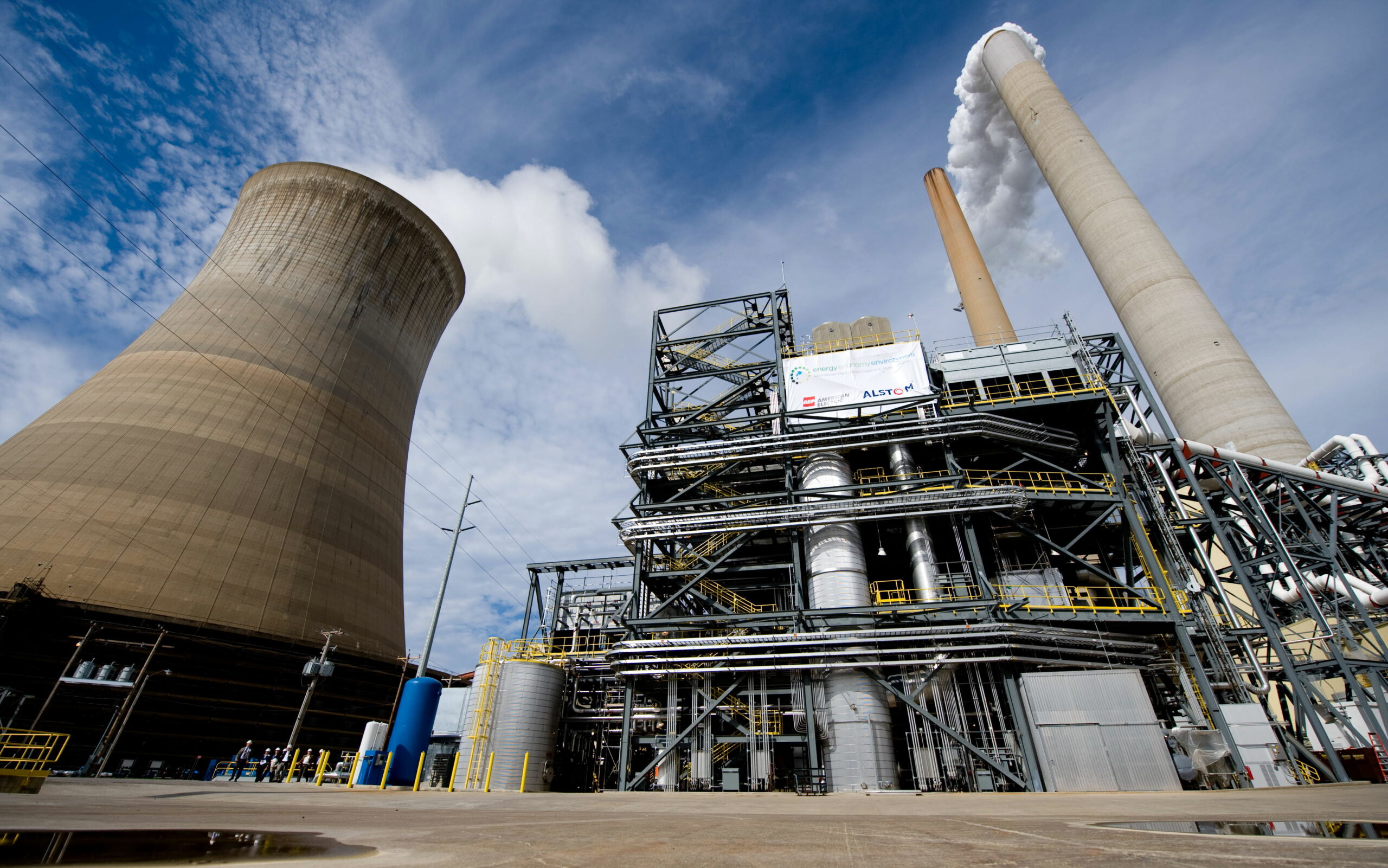
Google announced plans to invest in a 400-megawatt natural gas power plant in Decatur, Illinois, that will capture the majority of its carbon emissions to supply electricity for its nearby data centers.
The project, developed by Low Carbon Infrastructure, will operate next to Archer-Daniels-Midland’s (ADM) ethanol plant, which already runs one of the nation’s longest-standing carbon capture and storage (CCS) operations.
Powering Data Centers With Captured Carbon
Under the arrangement, Google will purchase most of the electricity generated by the new facility, while ADM will use a portion of the plant’s steam and power for its own operations. According to Google, the facility is designed to capture about 90% of its CO₂ emissions and store them underground in the same geological formations used by ADM’s existing CCS wells.
The Decatur site is notable for being home to the first long-term CO₂ storage well in the U.S., which typically receives around 2,000 metric tons of CO₂ daily.
Operations at the ADM site were temporarily halted in 2024 after the EPA found that salty brine containing dissolved CO₂ had migrated into unauthorized zones underground. ADM attributed the issue to corrosion at a monitoring well and later resumed CO₂ injections after remediation.
Despite these challenges, Google’s decision underscores the growing appeal of carbon capture technology as tech companies seek cleaner energy solutions for data centers.
While CCS has been promoted as a key tool for reducing emissions from fossil fuel facilities, recent studies show inconsistent performance across projects worldwide. A review of 13 major CCS facilities — representing 55% of captured carbon globally — found that many underperformed compared to expectations.
For example, an ExxonMobil facility in Wyoming captured 36% less CO₂ than projected, while a 115-megawatt Canadian power plant similar in scale to Google’s project has achieved only half of its promised capture rate.
Even when CCS works efficiently, it doesn’t address methane leaks that occur during the extraction and transport of natural gas — leaks that can severely undermine climate goals. Methane traps 84 times more heat than carbon dioxide over a 20-year period, meaning that leakage rates of just 2% can make natural gas as carbon-intensive as coal.
While carbon capture can reduce emissions from burning fuel, it cannot eliminate the warming effects of methane leaks throughout the natural gas supply chain.
Featured image credits: SAUL LOEB/AFP via Getty Images
For more stories like it, click the +Follow button at the top of this page to follow us.
